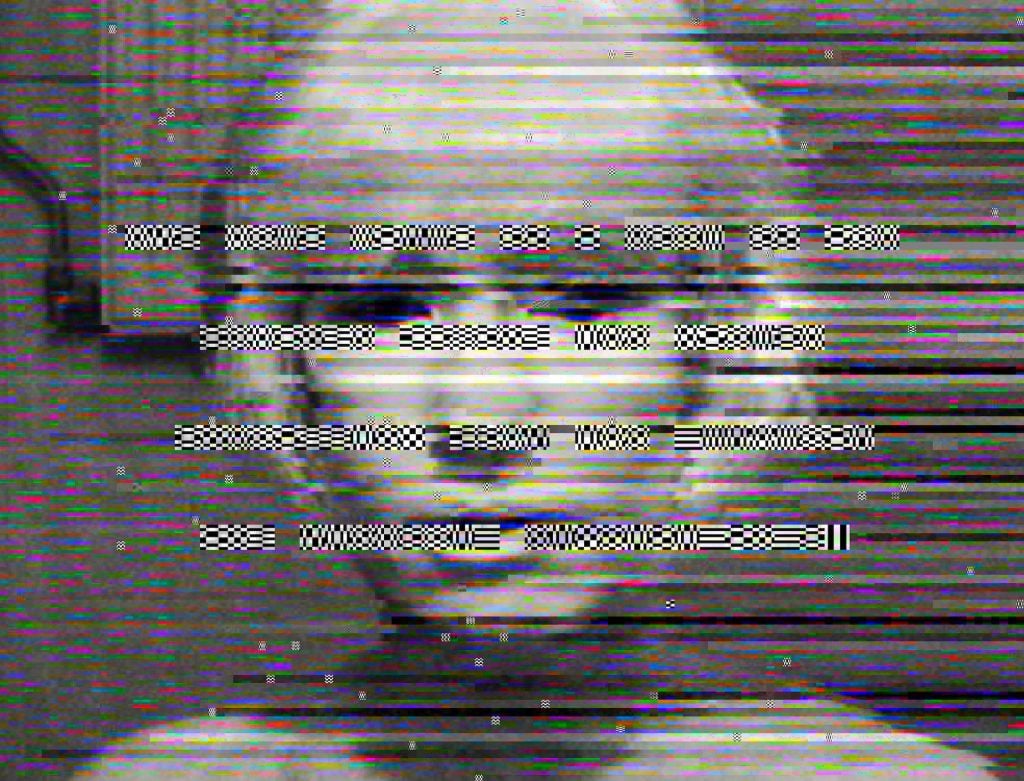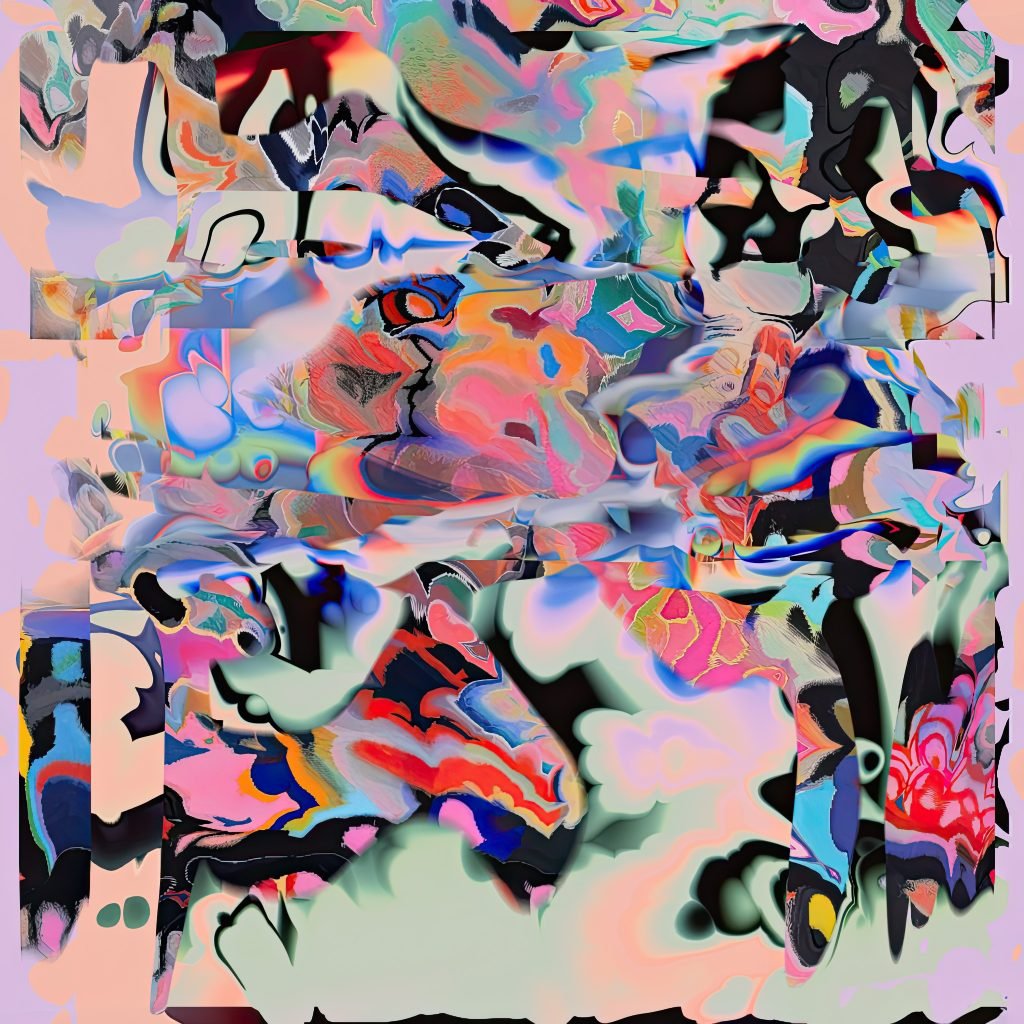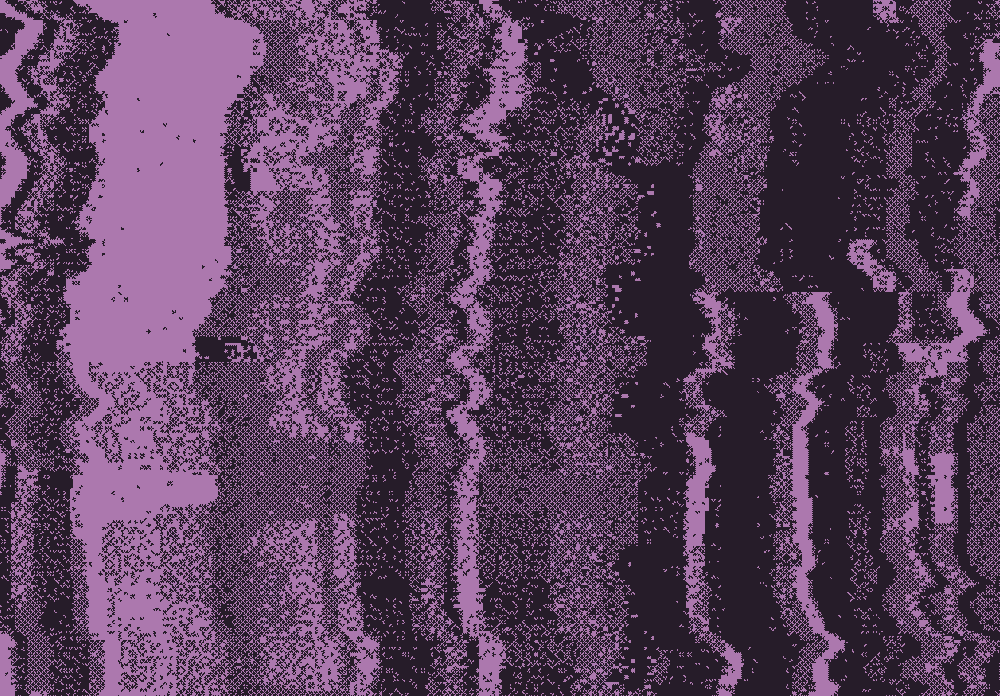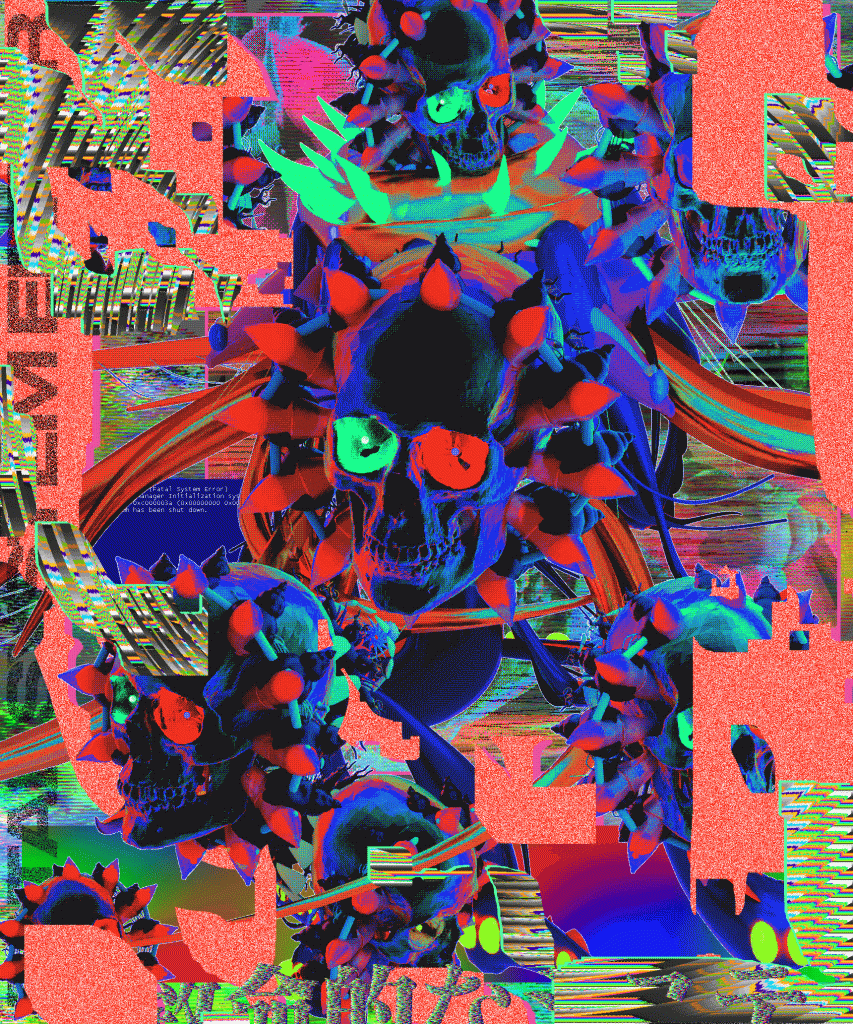Auctions
Sotheby’s Glitch Art Sale, Which Was Paused Due to Online Backlash, Has Relaunched With a Newly Diverse Lineup of Artists
The new sale arrays 34 works with no reserve prices.

The new sale arrays 34 works with no reserve prices.

Richard Whiddington

What exactly is glitch art? It’s not a debate Dawnia Darkstone or Dina Chang are keen to wade into. And not for lack of insight—the pair are co-curators on a Sotheby’s sale exploring the very genre. It’s just that they find the question hackneyed and, to put it bluntly, pretty boring.
What’s clear is that the previous Sotheby’s glitch sale, which the auction house paused after intense online pushback, made a compelling case for what glitch art isn’t. Namely, a male-dominated genre tied to the aesthetics of strobe that began in the 1990s and is inherently digital.
The hastily reconfigured sale “Glitch: Beyond Binary,” set to run from April 19 to 26, is redressing these misconceptions and expanding the focus.
For starters, the “Natively Digital” tag has been scrubbed from the title at the curators’ request: glitch art has analog roots, hailing from the pre-internet 1970s, perhaps even earlier. Next, there’s move away from the monotonous flashing aesthetics that seemed curated with a particular crypto clientele in mind. Lastly, and most importantly, is the inclusion of a diverse group of artists representative of the scene.

Tù.úk’z, Dreaming In Glitches (2023). Photo courtesy Sotheby’s.
“There were a lot of glitch legends that we wanted to include, but it’s not a retrospective,” the curators told Artnet News. “What we did was choose artists who are taking glitch in a new direction—the contemporary glitch artists who are using the tools properly.”
Darkstone and Chang were granted complete curatorial freedom by Sotheby’s, and it shows. The pair chose eight artists each and the 34 works present an assortment of subjects and styles that were previously absent.
There are works critiquing the NFT ecosystem, such as neurocolor’s Fatal System Error (2023) and crashblossom’s Burner (2022), a blood red vortex that splinters and mutates as Ethereum gas price fluctuates.
There are pieces that play with the history of glitch art, such as Sabato Visconti’s Origin Story (Best Price USA), v01 (2023) that situates genre works from the past two decades within the rooms of an early 1990s video game. Another by Afonso Caravaggio, titled Modern Renaissance – Chaos Postmen (2023), takes a swipe at the history of cultural taste making itself by creating a bizarro salon in which men in 17th-century getups are confounded by towering walls of glitch paintings.
There are also softer, entrancing works that prove glitch art isn’t necessarily best sound tracked by industrial drone. Tù.úk’z’s Dreaming in Glitches (2023) is one, a scene that drifts and shimmers like a pastel colored oil slick.

XCOPY, Loading New Conflict… Redux 6 (2018). Image courtesy Sotheby’s.
Simply put, the sale is a snapshot of glitch art’s power to reflect and critique society just like any other genre. Key to this is the inclusion of queer and non-binary artists, who have long been pioneers in the scene, with many finding the genre an apt mode of expression.
“Many of us grow up around media, peers, and family that tell us we are broken or that there is an error in us,” the curators said. “Glitch art [challenges this]. It is beautiful and necessary and helps us evolve as a society and speaks to us on an interpersonal level.”
Multiple works echo this potential. Ras Alhague’s What Blooms Beyond (2023) centers a faceless figure in bondage gear holding a bright bouquet of flowers that seem to melt rather than glitch. It symbolizes “the fluidity of gender expression that flourishes when we transcend binary thinking,” the catalogue reads with words that could be applicable to the entire show.
Darkstone’s (aka Letsglitchit) own entry, LetsFixIt (2023), tackles the major gender and racial imbalance in the auction market and collections of cultural institutions. The image of a skull gives way to a screen that reads: “There are no women in the top 0.03 percent of the auction market where 41 percent of the profit is concentrated.”

neurocolor, Fatal System Error (2023). Photo courtesy Sotheby’s.
Here, Sotheby’s has waived reserve prices. Make of that what you will, but the curators are optimistic: “It is very rare for them to waive a threshold. If you want a show that is diverse, you want to eliminate a sales threshold.”
“The first true Sotheby’s glitch show in history was a glitch,” the curators added. “Now, it’s an actual glitch auction.”
More Trending Stories:
An Australian Man Using a Budget Metal Detector Discovered a 10-Pound Chunk of Gold Worth $160,000
A 1,400-Year-Old Mural of Two-Faced Men Bearing Hummingbirds Has Just Been Excavated in Peru